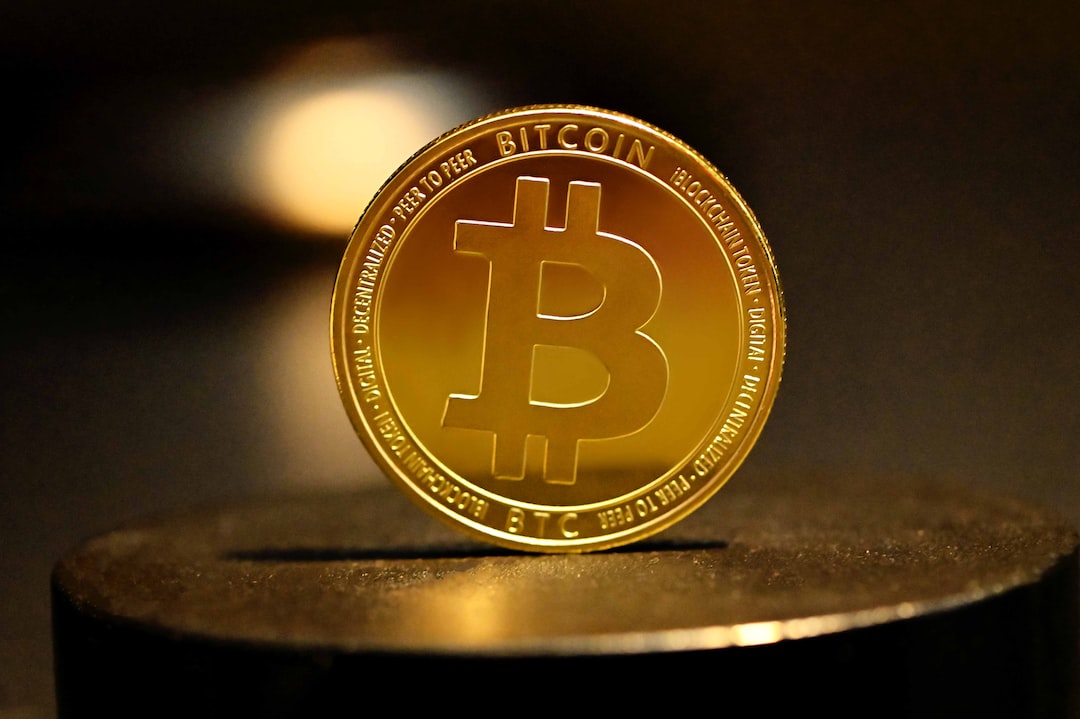The Collapse of the Terra Ecosystem and the Future of Digital Assets
Recently, the Terra ecosystem experienced a significant collapse, resulting in billions of dollars being wiped off the market. This incident has prompted the need for tighter regulations in the sector. If you are involved in the digital assets market, you may be wondering what the future holds.
According to a survey, 26% of participants believe that the digital assets market will experience tremendous growth over the next five years. This positive outlook is attributed to increased institutional investment and centralized financial firms offering tokenized assets to their customers.
Experts at Bernstein also predict a similar outcome, especially if a spot Bitcoin (BTC) ETF receives approval in the United States. This development could further boost the digital assets market.
Understanding User Preferences: CEX and DEX
When it comes to choosing between centralized (CEX) and decentralized (DEX) crypto exchanges, participants in the survey highlighted several factors that influence their decision. These factors include asset custody, prices, and liquidity.
Currently, there are around 500 digital asset exchanges, with 40% being decentralized and utilizing blockchain technology. The remaining exchanges make use of Central Limit Order Books (CLOBs).
While some centralized exchanges leverage blockchain technology for settlement and custody purposes, they do not directly handle trades on the blockchain to reduce transaction costs.
In terms of liquidity, centralized exchanges tend to have higher transaction volumes despite charging higher fees compared to decentralized exchanges.
The Need for Uniform Regulations and Best Practices
The lack of uniform legislation in the digital assets market has created uncertain conditions and skepticism among investors and traditional firms. This disparity in regulations has also resulted in poor implementation of the know-your-customer (KYC) requirements by both centralized and decentralized exchanges.
As more traditional investors enter the space, there is a growing call for a uniform framework of laws and best practices. This would help establish trust and stability in the market.
The World Federation of Exchanges (WFE), which consists of over 250 members from various jurisdictions, including NASDAQ and Switzerland’s SIX Group, plays a crucial role in advocating for these changes.
Hot Take:
The collapse of the Terra ecosystem serves as a reminder of the volatility and risks associated with the digital assets market. However, the positive outlook for future growth and the increasing demand from both retail and institutional investors indicate that this sector still holds immense potential. To fully unlock this potential, it is crucial to address regulatory uncertainties and establish a standardized framework. By doing so, we can create a more trustworthy and secure environment for all participants.





 By
By
 By
By
 By
By
 By
By

 By
By